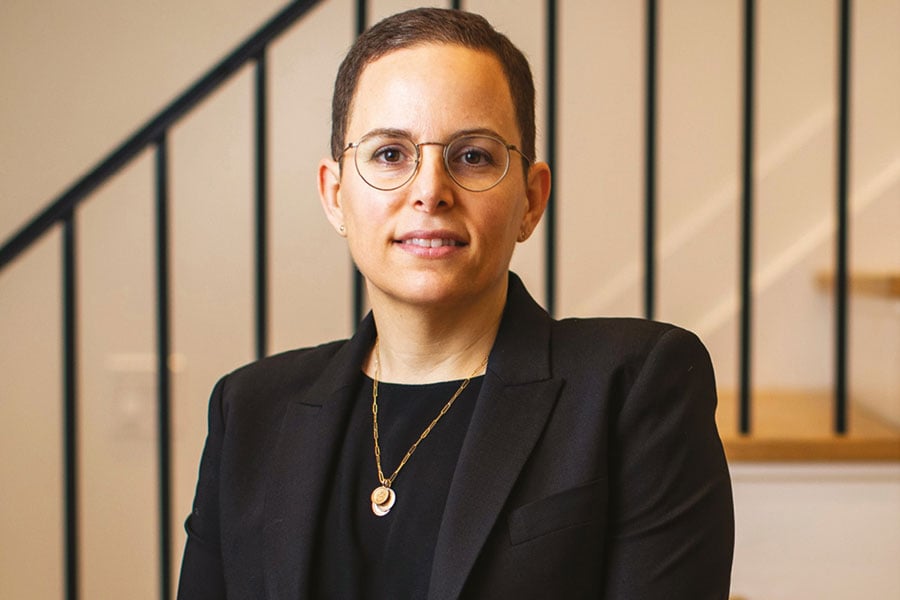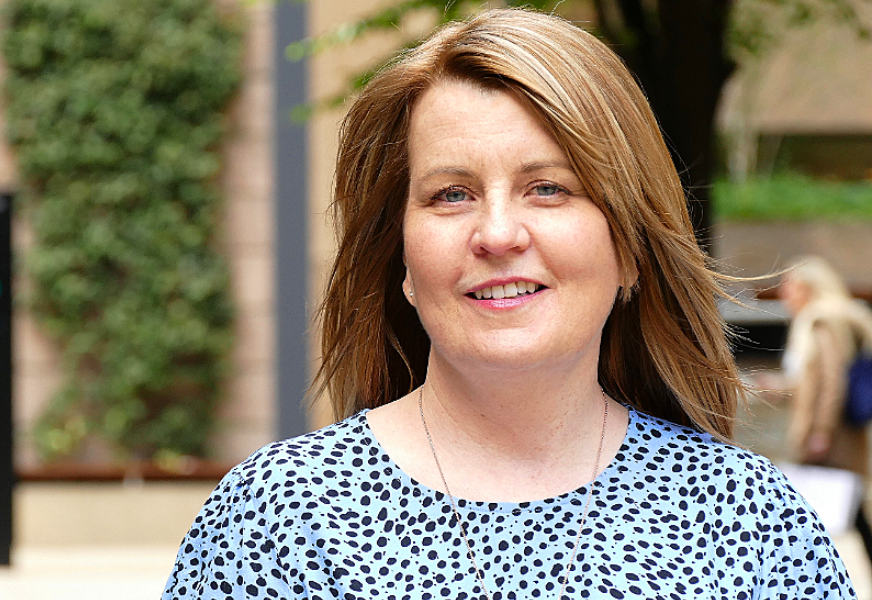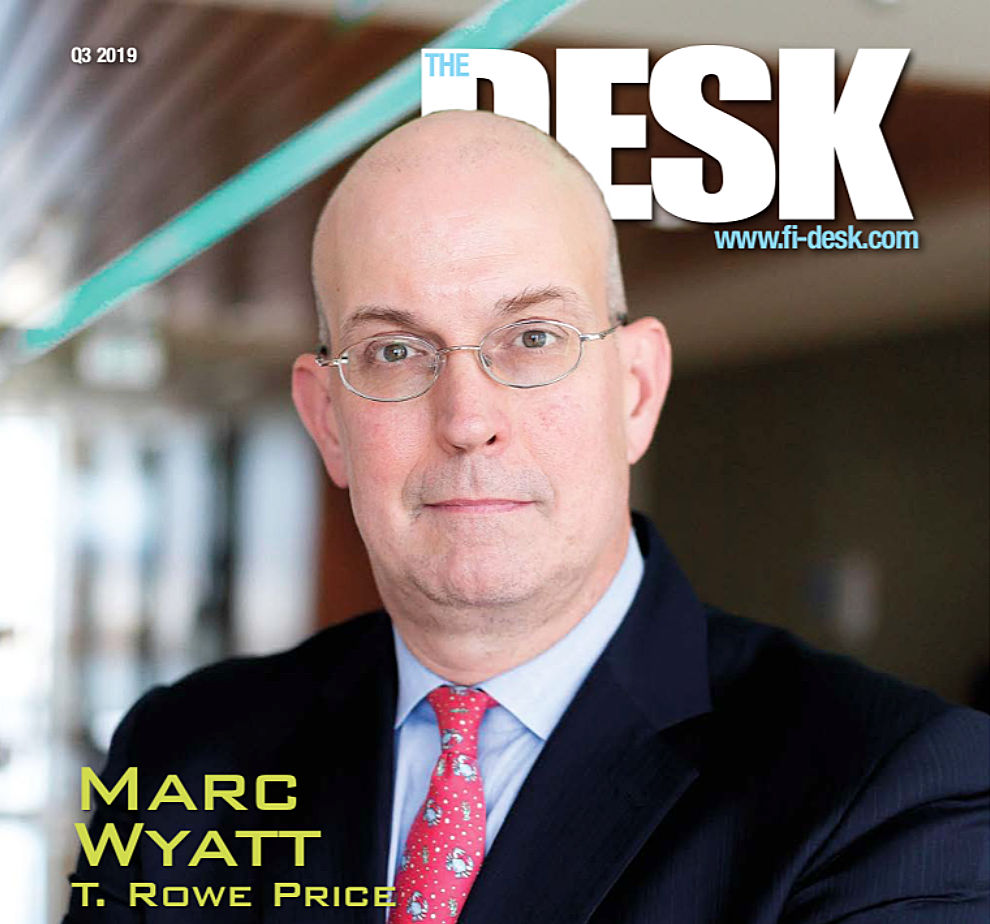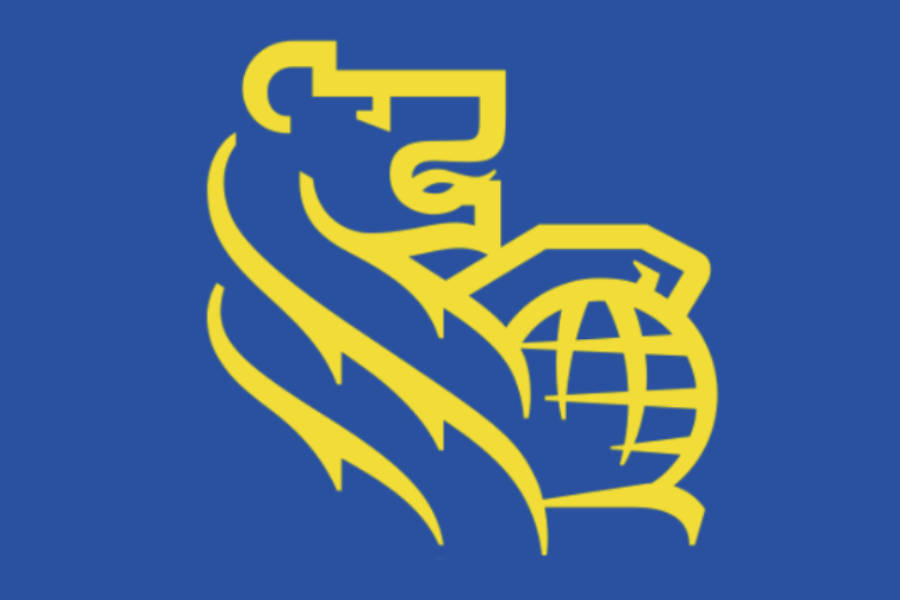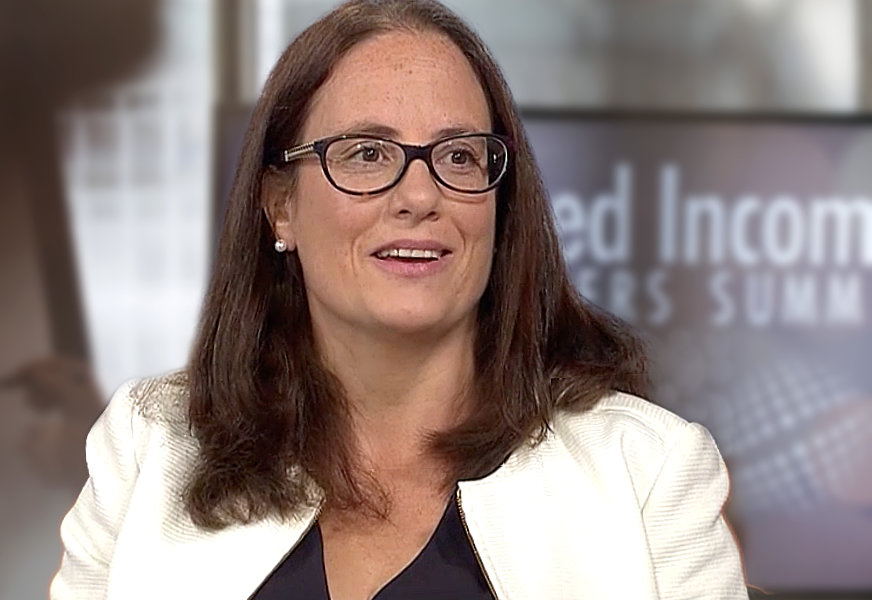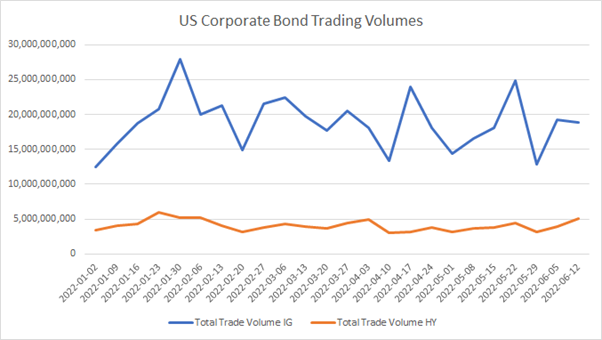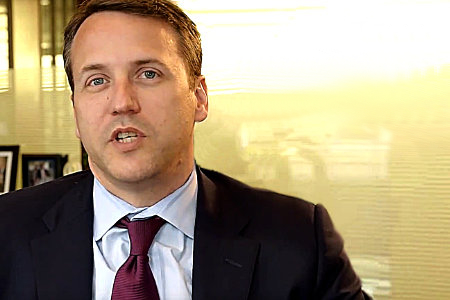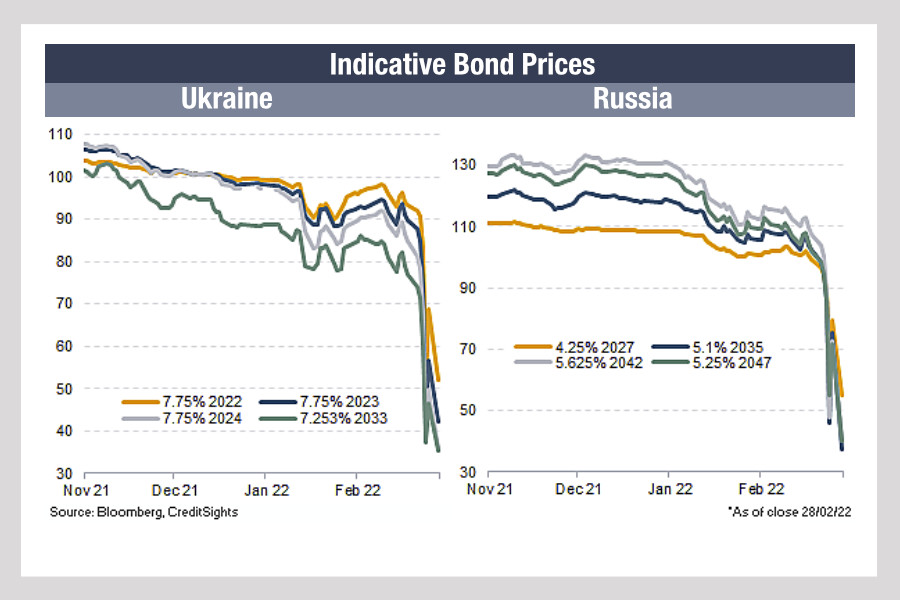Frustration with commercial front office technology is leading major buy-side firms to build execution capabilities.
Buy-side spend on order management and execution management systems (O/EMS) will respectively make up 20% and 6% of trading desk technology budgets this year, according to analysis by Greenwich Associates.
In a Q1 2019 review of the market, 'The Buy-Side Spending Battle: Compensation vs. Technology', author and Greenwich Associates analyst, Brad Tingley, found that there had been a 7% increase in desk budgets year-on-year, however for fixed income desks it was compensation that took the lion’s share of spend, increasing to 61% of budget in 2018, up from 59% in 2017.
Where IT spending had increased was on EMSs, which at 6% doubled year-on-year in 2018, up from 3% of the total budget in 2017.

“This growth is driven primarily from fixed-income and FX desks, where EMSs did not exist previously,” noted Tingley. “With the Securities and Exchange Commission (SEC) increasing order-handling disclosure requirements for broker-dealers, buy-side traders will look to take advantage of this increased clarity for routing decisions by employing algos and EMS capabilities to improve their performance.”
However, the opportunity that this has created may be found to clash with the capabilities of EMSs that are available in the market.
“EMSs are used heavily for bond futures but not so much for cash bond trading,” says the head of trading technology at a Tier 1 US asset manager. “What a trader would get from an EMS solution for cash bond trading is the ability to reach multiple trading venues with a single system, basically taking away all of the desktop real estate that all of the electronic communication networks (ECNs) like Tradeweb, MarketAxess, Bloomberg, etc, take up. They would also have one-stop shopping not only for ECNs but also for bilateral FIX connections to the sell side.”
Fragmented markets and complexity
The pressure on traders to manage so many relationships is being driven in part by the many routes to engage with liquidity, and the battle between sell-side firms and trading platforms to be that primary point of access.
 “The sell side recognise they could get disintermediated via open trading and all-to-all trading,” says Jim Switzer, global head of fixed income trading at AllianceBernstein. “The ECNs could get disintermediated by direct connectivity, which is exactly what the big sell-side firms are trying to do. We have to be able to operate in that market. So we have to be able to have that direct connectivity to the sell side, and we have to have that direct connectivity to these open trading forums.”
“The sell side recognise they could get disintermediated via open trading and all-to-all trading,” says Jim Switzer, global head of fixed income trading at AllianceBernstein. “The ECNs could get disintermediated by direct connectivity, which is exactly what the big sell-side firms are trying to do. We have to be able to operate in that market. So we have to be able to have that direct connectivity to the sell side, and we have to have that direct connectivity to these open trading forums.”
Precisely because connectivity is a political issue, it has been challenging for commercial O/EMS providers to negotiate connectivity effectively with liquidity sources. It is also technically challenging and expensive.
“Some off-the-shelf vendors do not allow dealers to tier their prices at a granular level for clients,” says the technology leader. “Of course, you also have the problem of waiting on a vendor to connect to different venues and dealers you may be interested in that others are not.”
The toolkit for an EMS
For firms that have the resource, building an EMS is a possible alternative, as they can get connectivity where needed and overcome any political hurdles. BlackRock’s Aladdin is in the O/EMS space, and State Street’s acquisition of OMS provider Charles River gives it at least part of a technology solution. But where an OMS is about order management internally, an EMS is a feedback loop that reaches out to the market and turns the huge amount of information it holds into actionable decisions.
“To create an EMS in-house you have to have a technology and team that knows how to handle large amounts of data that is constantly updating in real time,” the head of trading technology says. “You need to be familiar with how you will use conflation for your data streams. You will also need to have experts in the FIX protocol because in fixed income there are still lots of customised FIX tags from vendors and dealers.”
The technology components and data needed to build a functioning EMS will either have to be built or bought, with existing technology and data repositories needed to support trading being plugged in. Integration itself is a massive challenge.

“One of the biggest reasons people hold off integrating systems is that for each platform they need to conduct a bespoke bilateral integration which is not repeatable, not easy to support and therefore not scalable,” says Adam Toms, European CEO of OpenFin, which provides a desktop integration operating system that enables applications to interoperate. “O/EMS providers need many integrations. The FDC3 protocol we use means that we don’t need to do these bilateral integrations any more, they can happen in the desktop.”
Often a data feed might be taken from one application and plumbed into another system to reduce the number of interfaces that a trader has to use, which means a lot of the functionality of the first application is lost.
“Our message bus, which sits on the desktop, uses the FDC3 protocol as a messaging standard allowing apps to communicate with each other,” says Toms. “This is a huge step towards workflow automation. In one application I can touch a symbol and flow data into a best execution analysis application; I can see information dynamically and think of how I want to use it, before during and after I have used a particular application. For example I can use pre-trade tools like Neptune and Algomi ALFA, as well as at-trade tools and post-trade analysis.”
Practical challenges
OpenFin has broken down a major barrier for buy-side firms that do want to develop technology solutions, says Tim Morbelli, senior vice president, emerging markets and credit derivative trading at AllianceBernstein.

“When I first met OpenFin I was immediately sold,” he says. “Internally it helps us modernise all our legacy systems and we don’t have to touch our legacy codes. Secondly, they created an industry-wide initiative across the dealer community and the buy-side community to work together and use the same language. So, when somebody says, I want to sell or I need a bid, it means the same thing across every platform. As you are building new systems, they can talk to each other.”
Within AllianceBernstein the trading team have used this technology to connect several tools up in order to develop a proof-of-concept EMS that has been tried and tested.
“We were able to push a trade out of our ALFA tool, use market operator Trumid as the pipe to reach the dealer, connect with the dealer which then opened up a chat function where we could negotiate on a bilateral basis based on the enquiry we saw from that dealer, and then automatically book the trade,” says Switzer.
However, he is quick to acknowledge that building EMS functionality is not the same as building a commercially available piece of EMS software that can be used across the market.
“When you talk about building versus buying, we have the tool to aggregate, so we are much closer to the EMS solution, but I am not sure that that’s the most cost effective way for people to do it,” he says. “I think this is going to have to be more of an industry-wide solution, with buy-in from both sides about how we are going to connect.”
©The DESK 2019

